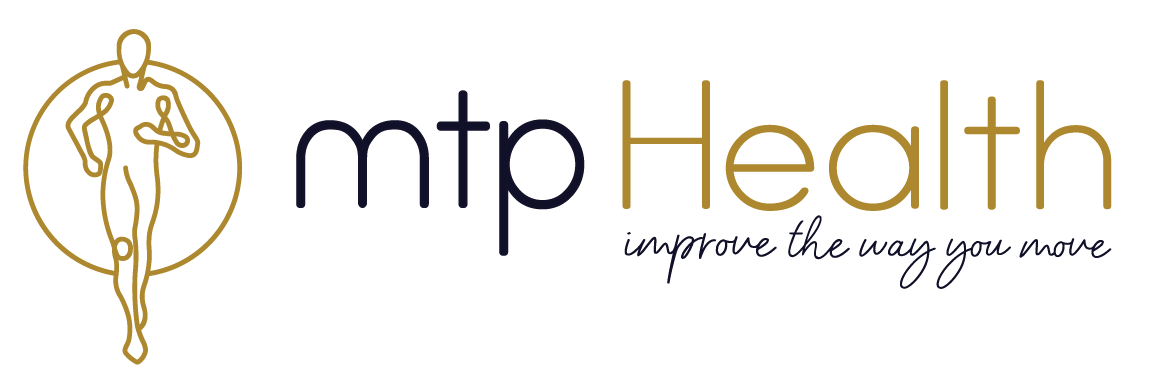Q: What is the most important movement in CrossFit/Weightlifting/Sports/Life…..?
Not the squat.
Not the deadlift.
Not the clean.
Not the snatch.
Not the swing.
Not a box jump.
Not kipping….
None of these are the most important movement in CrossFit or in any form of fitness for that matter. However, they do all contain THE most important movement as part of their execution.
When a person is missing the capacity to effectively complete this movement their risk of back injury increases, their efficiency of force production decreases, their postural endurance decreases, their technique progression is limited, their chance of knee pain and hip impingement increases. So what is this crazy risk factor and performance limiting movement?
A: The Hip Hinge.
The ability to stabilise your spine, flex and extend [close and open] the hip at great speed and under no load or large load is the most fundamental performance indicator of an athlete’s potential. It can be applied to just about any lower body dominant movement and a great deal of upper body movements
Without an effective hinge movement at the hip, a couple of things occur:
1. Force production is usually created by driving through a quad dominant extension pattern.
The repeated shearing stress that is transferred through the patella tendon as a result of the knees translating straight out over the toes commonly leads to anterior knee pain and issues such as; patella femoral pain syndrome (irritation of the surfaces of the knee cap and femur) and patella, and quadriceps tendon aggravation/inflammation/ tears. Furthermore, the extra stress that is taken by the quadriceps when you dip straight into the knees, makes it very difficult to maintain or improve your range of motion through the front of the thigh and hip.
2. Full extension is achieved by compromising the lumbar spine control and over extending.
If this occurs, your lower back will start to hurt after training or worse still, you will sustain an actual injury. This occurs because the back is so damn helpful. It just starts doing extra work to make up for the poor loading mechanics at the hip. The high repetition of bending and extending that needs to happen at the lower back to make up for a sub-standard hip hinge, commonly results in injuries such as facet joint aggravations, disc aggravations/ bulges/tears, ligament sprains, SIJ aggravation or just excessive muscle soreness and spasm, particularly around the top of the glutes and quadratus lumborum (QL).
3. Finally, your performance suffers!
You just can’t produce as much power. Also the efficiency of the movement is impacted which leads to performance blocks and plateaus… Which nobody wants.
So what to do about this?
Ideally the hip hinge should be viewed by the fitness/strength/CrossFit/athletic coaching community as a foundation movement. If the athlete can master control of this movement, all subsequent movements taught to the athlete or built on top of this will be more stable, more efficient and safer in the long run. Unfortunately, I rarely see this. In the rush to get people into high intensity exercise and make them feel like they have worked hard, it either gets brushed over or not addressed at all.
To help you get started with identifying where you or your client are in terms of their hinge control, I have put together a progression framework that is very simple but allows you to identify at what level you need to spend the time working on the hinge. For instance, if you can’t do it lying down, then there is no point doing it standing, because you will just be compensating your way through. Likewise, if you can do it in standing with two feet on the floor you are not going to do it properly in single leg stance or with weight.
So have a look through the progressions, try them and be honest with yourself. Identify where your postural control or stability starts to break down. And spend some time working on THAT position. Once you have established your level of control then you can work in that position ensuring your corrective exercise or movement education training is challenging enough to stimulate a response that will carry over to your high intensity training.
Disclaimer: There are hundreds of exercises and progressions out there for hip hinging, so listing them all would not be feasible. This is not meant to be an exhaustive list, it is just a recommendation for a broad starting point to identify at what level of stability, support, stance you can safely move through a hinge.
Note: A band can be added to this movement to add some hip drive feedback with lighter weight.
